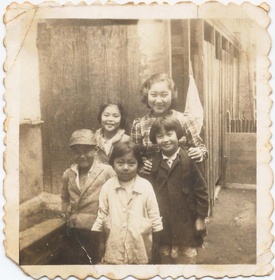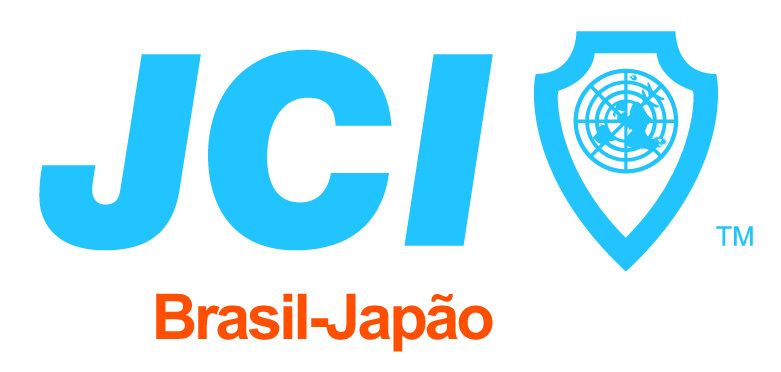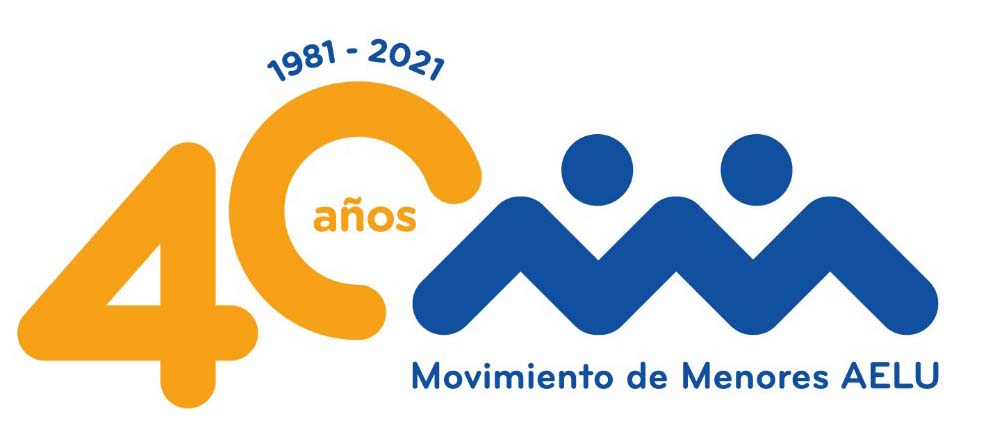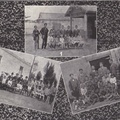I am a Peruvian son of Japanese, a Nisei, born before the Second World War. I am part of a generation in the process of disappearing. We experienced the change from being “Japanese born in Peru,” to, over the years, becoming “Peruvian children of Japanese.”
We had the privilege of living the gradual process of integration into the greater society, leaving behind our situation as “discriminated and discriminating” subjects, to become the “Peruvian nisei proud to be what we are.”
During our childhood, events occurred that, with the advancement of humanity, will never happen again. But they occurred when medicine, communications and other disciplines had not reached the advances that are normal situations for today's young people.
Extracted from memory, I have tried to dump some of these memories and, if you generously dare to read these notes, you will find marked differences compared to current reality and perhaps you will have the perception of having been copied from another world and you will be right. .. it was another world, it was the one that modeled our way of being “the Japanese in Peru”.
Dignity despite everything
Time has erased his name from my memory; I may never hear it mentioned.
He suddenly appeared in the dirt field where we often played on days when we didn't attend class.
He had settled under a gum tree, barely protected by a mosquito net. Despite occupying a space in a public field, he suffered from total isolation due to his tuberculous condition.
Considering the time (1940) before the era of antibiotics, tuberculosis (or TB) was synonymous with certain death and the fear of contagion was so great that the usual thing was the inevitable rejection of those who suffered from this terrible disease.
In cases in which the disease was diagnosed when it had reached a degree of progress, and in the absence of adequate medications, the usual thing was for the patient to be transferred to a location, generally located in areas outside the city; where the patient could recover in an environment in which he had the possibility of breathing higher purity air and with lower ambient humidity. All this added to an adequate rest regime, complemented by good nutrition.
Naturally this had an unattainable cost for a man alone, without family, which was the case of the person I am referring to in this story.

The times that a Nisei of my generation is asked about their memories of their school life, undokai competitions were the event that is most frequently cited as an indelible childhood memory, no matter if they were held on sports fields or in simple vacant land and that, at the end of the afternoon, everyone, teachers, students and parents, would end up completely covered in dust and probably with uncomfortable sunstroke.
In our case, the Japanese School of Cañete, located to the south, one hundred and forty kilometers from the city of Lima, due to not having a patio large enough to carry out this type of event, forced us to use the vacant land in which the tubercular patient had settled.
Those of us who, due to age, did not yet attend classes, witnessed the competitions at the edge of the dirt field, occupying long rows of wooden benches installed just for that day. That April 1940, it was a surprise for many to see this tubercular patient installed in a corner of the playing field.
Under the pretext of not disturbing their isolation, the competitions were held at the opposite extreme. A few hours before noon, a small group of upperclassmen students, among whom was my sister Carmen, approached the tubercular patient to offer him food and sweets, which was the usual thing to bring as a snack on undokai day. The patient, with countless bows of his head in gratitude, happily received the kind and generous gesture of these students.
As the young women left, stimulated by this action and at the same time moved by our curiosity, we cautiously approached the rubber tree and with tremendous fear we shortened the distance that separated us from the edge of the mosquito net, covering our mouth and nose to, supposedly, avoid contagion and, in a real desire to help the sick person, we gently threw the onigiri that we had for our snack at his side.
At our young age, and even with little discernment, we were unable to understand the cruelty with which we carried out our act of kindness. The tubercular patient did not take what we had thrown at him. He looked at us with an expression of serenity, without a reflection of reproach, but with a lot of self-love, he only told us “thank you very much.”
Despite more than eighty years having passed, I often remember his face of great dignity despite his illness and today, when I remember those days, I think I see in the tubercular patient the reflection of greatness, of the forgotten and anonymous men, who made up the bulk of the Japanese migrants who arrived in Peru.
© 2021 Jose Yoshida Sherikawa










